The allocation of funds for research and innovation is increasing and this development is in accordance with the policy of the Science and Technology Policy Council. International research and innovation co-operation plays a key role in dynamic research and development work in Iceland, where companies and the scientific community work together to strengthen and renew the economy. Foreign funding accounts for about a quarter of research and innovation work in Iceland. European co-operation on research and innovation is important to Icelanders.
 Matís and Horizon2020 according to Vinnova
Matís and Horizon2020 according to Vinnova
Icelanders, Icelandic companies and Icelandic universities have increased the allocation of funds for research and innovation. Research and development pave the way for a vibrant economy for the future. Collaboration on research and development is important. It is important to maximize the impact of investment in research and innovation. It is important to have a solid and robust infrastructure for research and innovation.
Accordingly the policy of the Science and Technology Policy Council the allocation of funds for research and innovation has increased. The policy of the Science and Technology Policy Council is that the share of research and development amounts to 3% of GDP. By way of comparison, in Japan, the public sector assumes 1% of GDP for research and development and the private sector provides 3% of GDP for research and development, as recently stated. Like Statistics Iceland reported October 11 and was specifically pointed out in the press release The core as well as the leader of Morgunblaðið on October 12, the activities of research and development work have increased in this country. In 2013 the ratio was 1,76%, in 2014 the ratio was 2,01% and last year the expenditure on research and development was about 2,19% of GDP. The increased activity of innovation can to some extent be traced to the policy of the Science and Technology Policy Council and the follow-up of that policy, but without continued research and development work on the existing pillars, the increase would hardly have been reflected in statistics.
Companies, including Matís, have greatly increased the allocation of funds for research and development. Companies spent ISK 12.7 billion more on innovation in 2015 than in 2013, the largest difference being 6.2 billion more in expenditures proposed by foreign private parties, in 2015 it amounted to a total of 9.8 billion, and 6.1 billion more in expenditures by domestic private parties, amounted to a total of ISK 17 billion in 2015. It can also be concluded that almost ISK 700 million. The increase in public domestic funding for corporate innovation can be attributed to the policies of the Science and Technology Policy Council. The share of companies in research and development has grown from 56% in 2013 to 65% in 2015.
 Division between emphases - Matís and Horizon2020
Division between emphases - Matís and Horizon2020
according to Vinnova
University institutions spent 2.3 billion more on research and innovation in 2015 than in 2013, private funding for these activities decreased by almost 400 million, the increase was supported by public domestic contributions of approx. 2.6 billion higher in 2015 than in 2013.
Other public institutions spent 78 million more on innovation in 2015 than in 2013, this increase is explained by the fact that foreign private funding increased by 280 million, and domestic private contributions increased by almost 30 million at the same time as public domestic funding decreased by 140 million and public foreign funding decreased by 90 million.
The statistics indicate that the unbearable lack of capital has not destroyed all the patience of investors and capital. The return on investment in research and development is at best uncertain at the beginning of innovation and requires patience. Patient capital is hardly a myth, although the amounts need to increase by 17.9 billion to reach 3% of GDP. It is clear that part of the funds that private parties contribute to the operation of research and development parties are to some extent.
 Matís and the European Research Program (RÁ) from the beginning - Matís' inner circle, then the partner countries and the outer ones are the companies, institutions and all the parties that Matís has collaborated with. -skv. Vinnova
Matís and the European Research Program (RÁ) from the beginning - Matís' inner circle, then the partner countries and the outer ones are the companies, institutions and all the parties that Matís has collaborated with. -skv. Vinnova
International research and innovation collaboration plays a key role in dynamic research and development work in Iceland, where companies and the scientific community work together to strengthen and renew the economy. Foreign funding accounts for about a quarter of research and innovation work in Iceland. The competitiveness of the country and the nation is largely based on investments in research and innovation. In order to build the country's competitiveness, it is important to create a strong infrastructure for research and innovation that is comparable to that of foreign parties. Innovation and diversity are part of the impact of current variables (e. Trendsetters). Through international co-operation, Icelanders' ability to learn new things increases. In recent years, Matís has strived for quality research and development collaboration, which is increasingly supporting the company's operations. This development is reflected in the statistics, as foreign funding for Icelandic research and innovation. The Icelandic Research Center, Rannís, manages one of the largest single platforms for international research and innovation in which Icelanders participate, ie. Framework Programs for Research and Innovation in Europe, now called Horizon 2020, this platform has been particularly important for Matís' development work.
 Iceland's participation in Horizon 2020 projects until October 2016. Published with permission from Rannís.
Iceland's participation in Horizon 2020 projects until October 2016. Published with permission from Rannís.
According to information from Rannís, Iceland has been successful in funding research and development cooperation with support through Horizon2020. Matís and the University of Iceland have been at the forefront of the energetic international collaboration of qualified Icelandic scientists, which is carried out with the support of Horizon2020. In this context, it can be mentioned that Matís participates in 12 of the 67 projects that Icelanders participate in within Horizon2020, the same number as the University of Iceland, these two pillars of research and development work in Iceland have clearly achieved good results on behalf of Iceland in this field (Hallgrímur Jónasson, Rannís October 2016). In 2015, Horizon 2020 received grants from Matís for 13% of public foreign funding for research and development work at companies in Iceland.
For further information Arnljótur B. Bergsson Head of Implementation and Impact. Information about Horizon2020 projects and Matís participation can be found here: www.horizon2020.is
The graphics in this article: Swedish Innovation Agency (Vinnova)



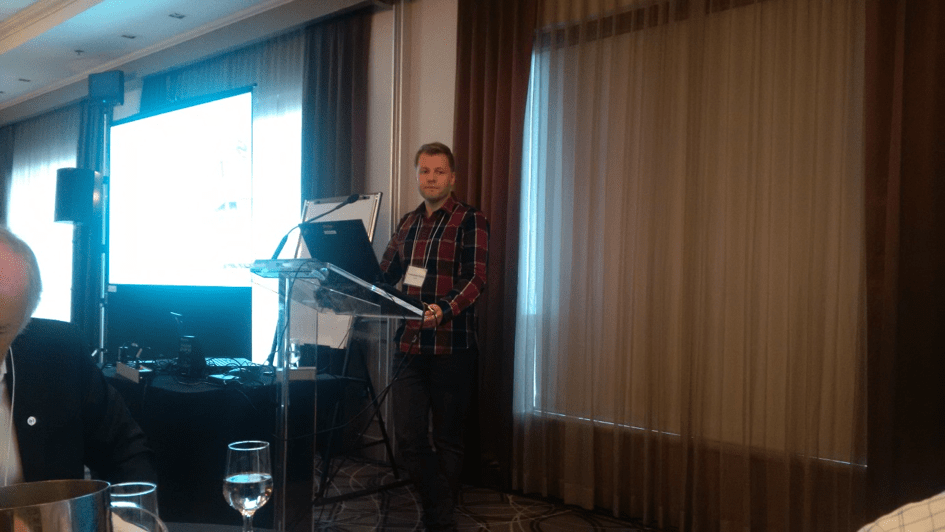
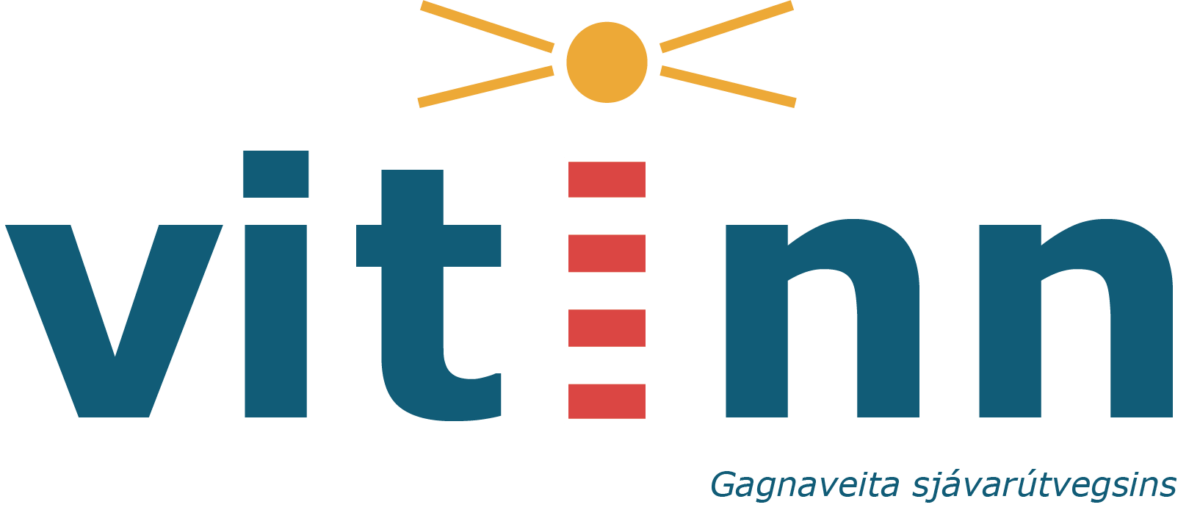

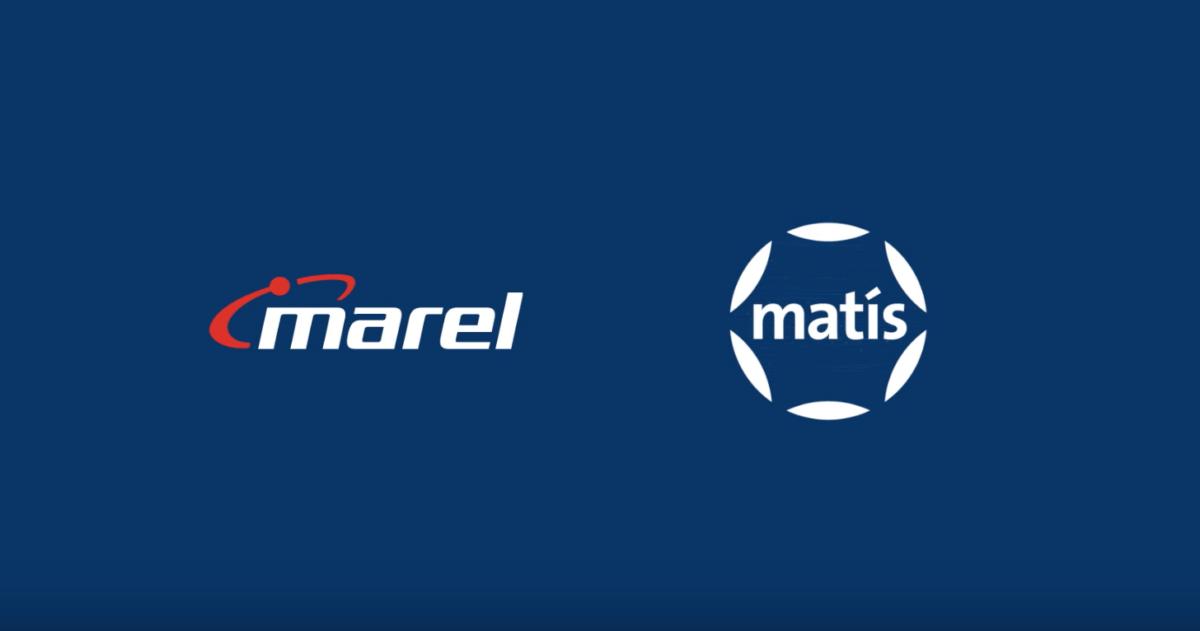
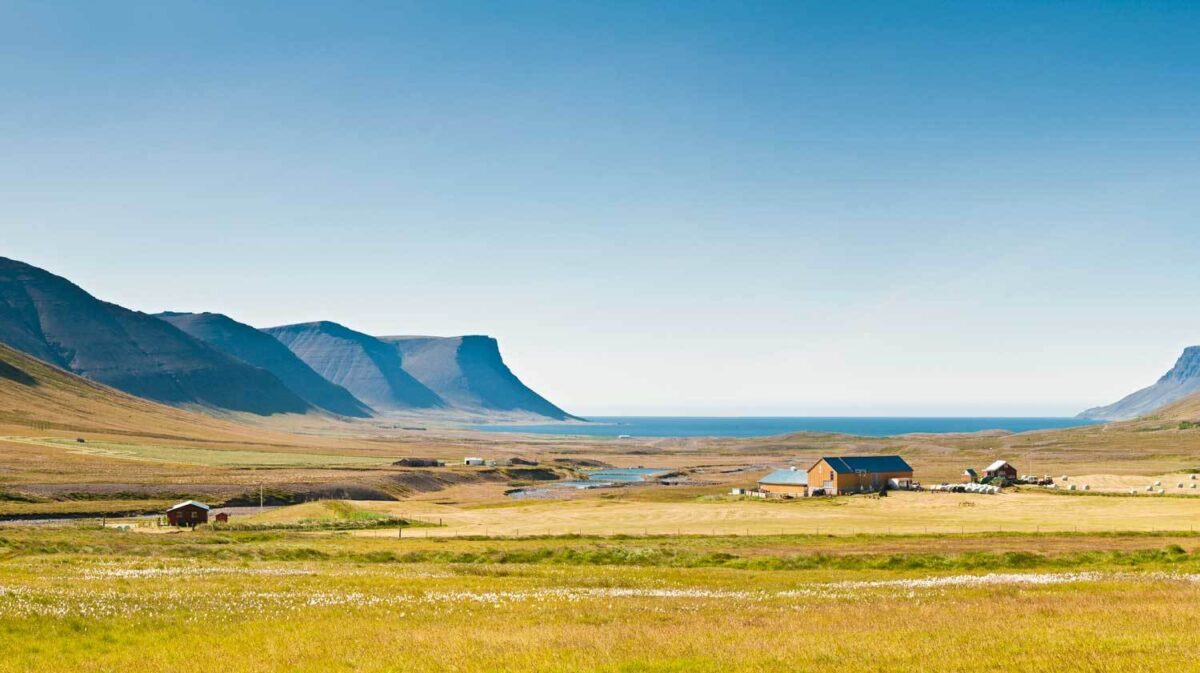
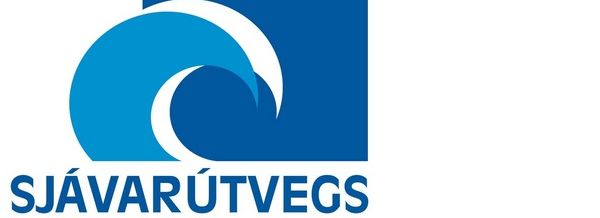
 Gunnar Þórðarson, consultant at Matís and station manager for the company in the Westfjords
Gunnar Þórðarson, consultant at Matís and station manager for the company in the Westfjords 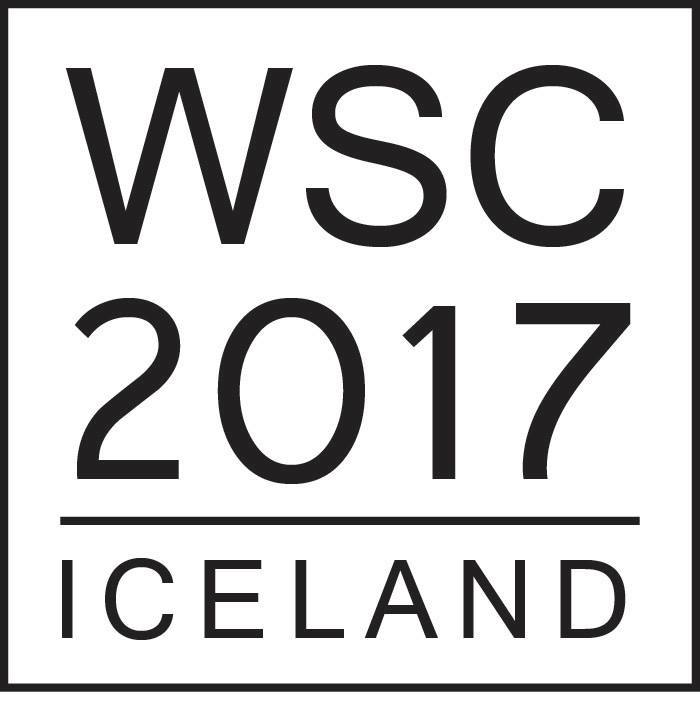
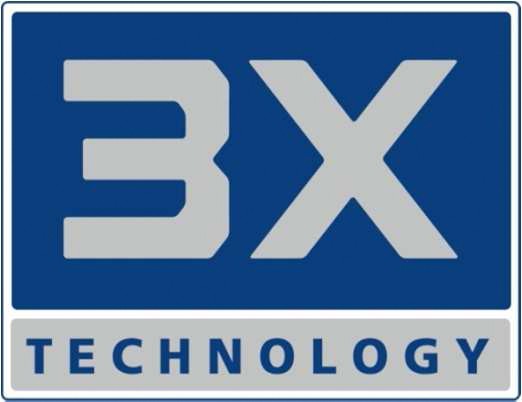
 Comparison of the quality of four-day-old salmon fillets, traditional left-hand side and super-chilled right-hand side
Comparison of the quality of four-day-old salmon fillets, traditional left-hand side and super-chilled right-hand side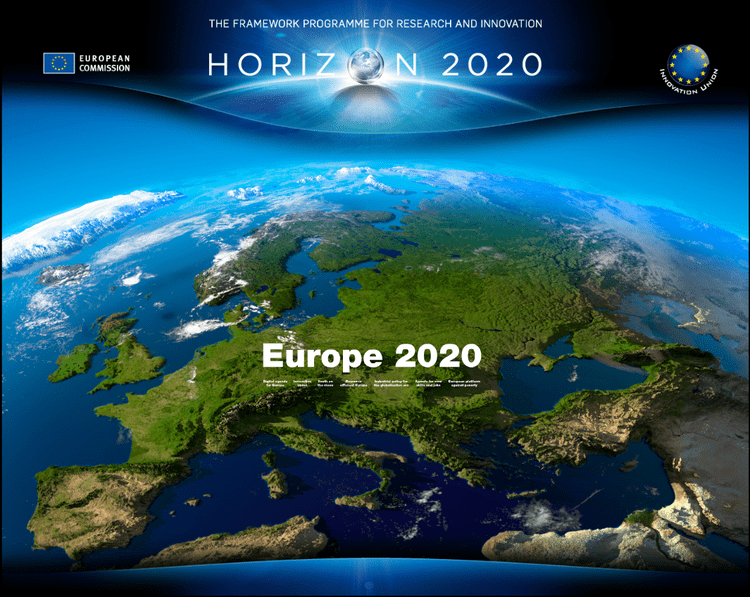
 Matís and Horizon2020 according to Vinnova
Matís and Horizon2020 according to Vinnova  Division between emphases - Matís and Horizon2020
Division between emphases - Matís and Horizon2020 Matís and the European Research Program (RÁ) from the beginning - Matís' inner circle, then the partner countries and the outer ones are the companies, institutions and all the parties that Matís has collaborated with. -skv. Vinnova
Matís and the European Research Program (RÁ) from the beginning - Matís' inner circle, then the partner countries and the outer ones are the companies, institutions and all the parties that Matís has collaborated with. -skv. Vinnova Iceland's participation in Horizon 2020 projects until October 2016. Published with permission from Rannís.
Iceland's participation in Horizon 2020 projects until October 2016. Published with permission from Rannís.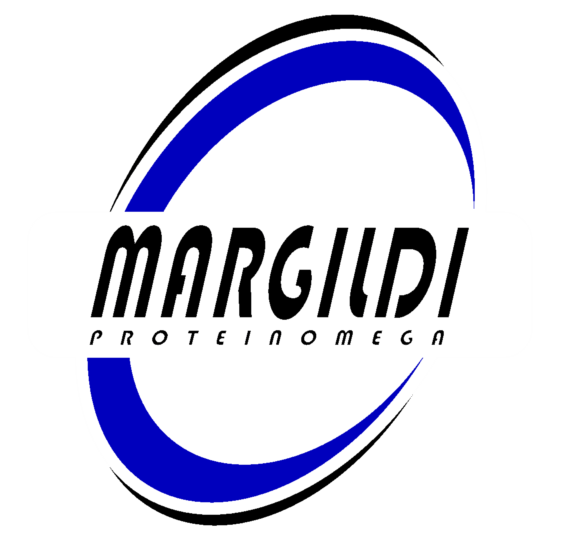
 Multiplicity in one conference
Multiplicity in one conference